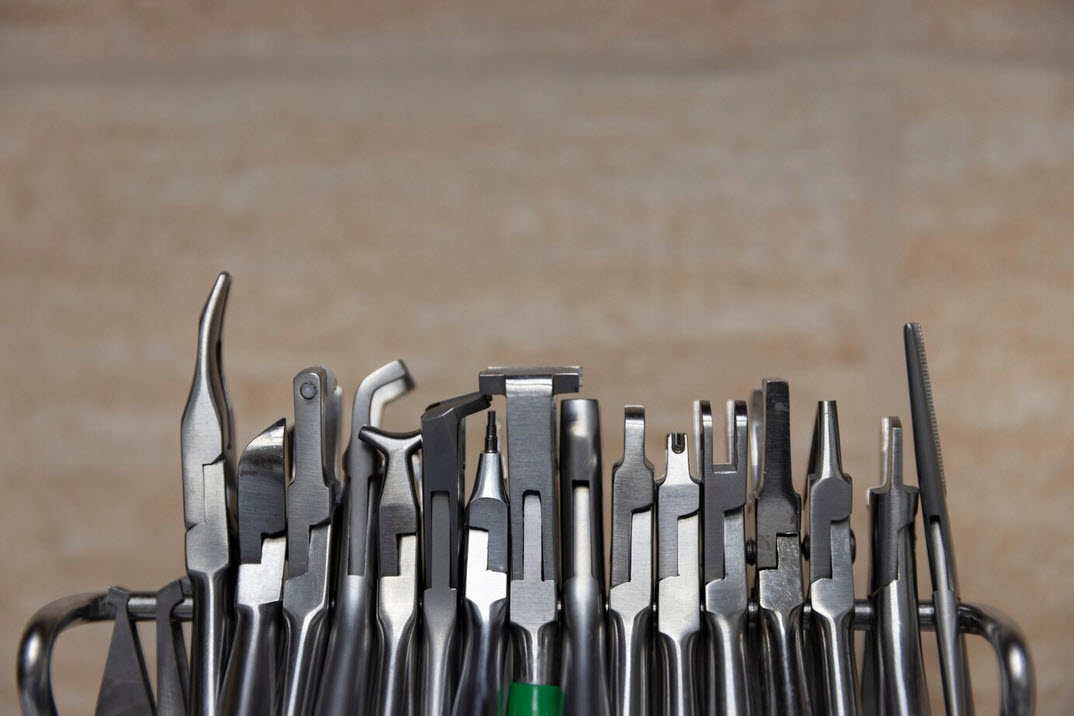About Us
Tungsten carbide tools for critical machining applications where precision, reliability, and performance
Tungsten carbide tools are instrumental in various industries due to their exceptional hardness, durability, and versatility. Composed of tungsten and carbon atoms, tungsten carbide forms an incredibly hard material known for its resistance to wear, heat, and corrosion. These tools are manufactured through a powder metallurgy process, where tungsten carbide powder is combined with a binder metal, typically cobalt or nickel, and then shaped into various cutting or drilling implements.
Firstly, the primary benefit of tungsten carbide tools lies in their remarkable hardness. Tungsten carbide is one of the hardest materials known to man, surpassed only by diamonds. This inherent hardness enables tungsten carbide tools to withstand high temperatures and extreme pressures encountered during cutting, drilling, and shaping operations. As a result, they maintain their sharpness and cutting edges far longer than traditional steel tools, thereby increasing efficiency and reducing downtime for tool replacement.
Secondly, tungsten carbide tools offer superior wear resistance compared to conventional tool materials. Their dense structure and high thermal conductivity enable them to withstand the abrasive forces exerted during machining processes. This resistance to wear ensures prolonged tool life and consistent performance, even in demanding operating conditions. Consequently, industries benefit from reduced tool replacement costs and increased productivity due to extended tool longevity.
Ideal material for high-performance cutting and machining tools
Tungsten carbide tools are widely used in various industries due to their exceptional hardness, wear resistance, and high performance. Here are some of the benefits of tungsten carbide tools:
Tungsten carbide is one of the hardest materials known, with a hardness approaching that of diamond. This hardness makes tungsten carbide tools highly resistant to wear and abrasion, even in high-speed machining and cutting applications.
Tungsten carbide tools exhibit excellent wear resistance, meaning they can withstand prolonged use and retain their cutting edges for longer periods compared to traditional tool materials like steel. This results in longer tool life and reduced downtime for tool changes.
Tungsten carbide retains its hardness and strength even at high temperatures, making it suitable for use in high-speed machining operations where temperatures can rise significantly due to friction and cutting forces.
The key properties of tungsten carbide tools include:
Hardness
Tungsten carbide is one of the hardest materials known, ranking very high on the Mohs scale of mineral hardness. This characteristic allows tungsten carbide tools to withstand substantial wear and abrasion, even in demanding machining environments.
Strength
Tungsten carbide tools possess exceptional compressive strength, making them capable of withstanding heavy loads and high pressures without deformation or breakage.
Heat Resistance
Tungsten carbide maintains its hardness and integrity even at elevated temperatures, which makes it suitable for high-speed machining operations where temperatures can rise significantly due to friction.
Chemical Inertness
Tungsten carbide is resistant to corrosion and oxidation, ensuring longevity and reliability in harsh operating conditions.

